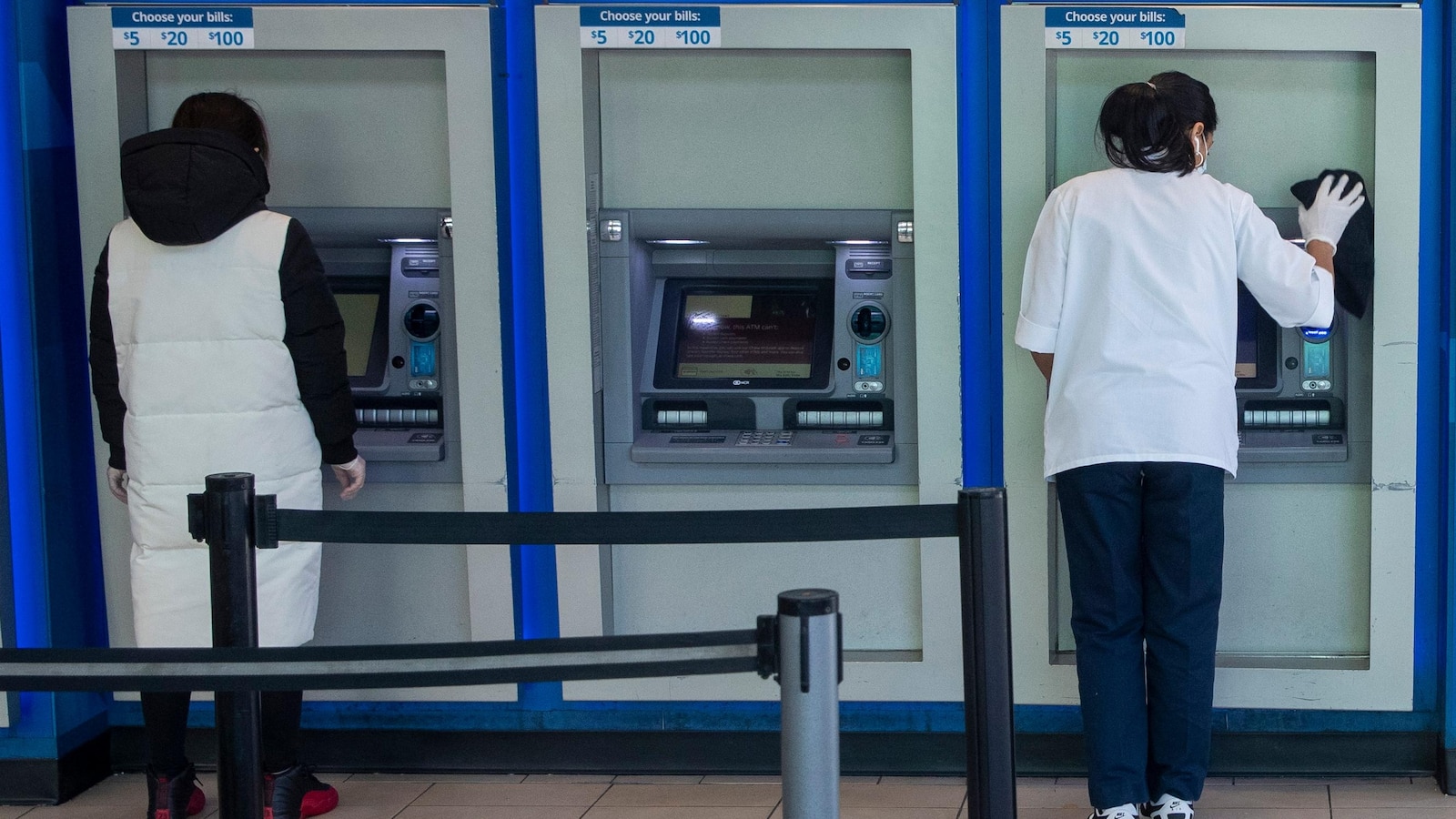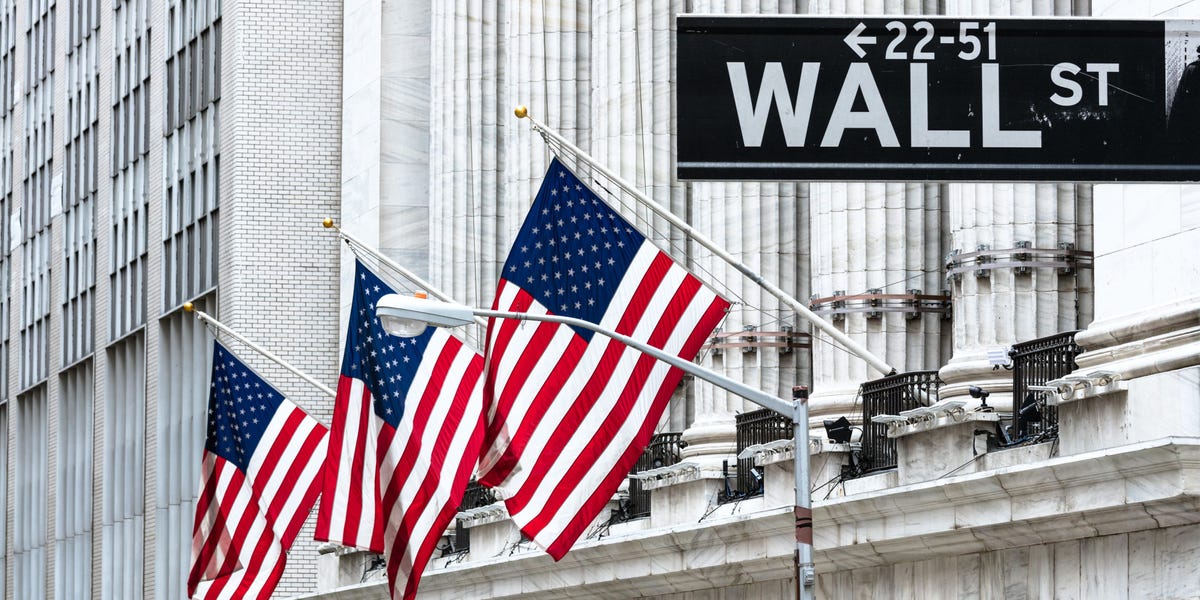Legal Showdown: Bank Groups Challenge CFPB’s Overdraft Fee Cap Proposal
The financial services industry is gearing up for a significant legal battle as a coalition of banking institutions challenges the Consumer Financial Protection Bureau’s (CFPB) proposal to cap overdraft fees. This proposed regulation, if enacted, could bring sweeping changes to the way banks structure and charge fees for insufficient funds. However, the move has sparked a major pushback from the banking sector, which argues that the new rules could disrupt the industry’s ability to operate effectively while also undermining financial stability. This legal showdown raises critical questions about the role of regulatory agencies, consumer protection, and the broader implications for both consumers and financial institutions.
The CFPB’s Proposed Overdraft Fee Cap
At the heart of the controversy is the CFPB’s proposed cap on overdraft fees, a move aimed at reducing the financial burden on consumers, especially those who rely on overdraft protection to cover short-term cash shortages. Overdraft fees are typically charged when a consumer’s account balance falls below zero, and the bank covers the transaction, often at a hefty cost. Currently, the average overdraft fee for a single transaction can exceed $30 or $35, and many consumers incur multiple overdraft fees in a single month, leading to significant financial strain.
The CFPB has argued that these fees disproportionately affect low-income consumers who have limited access to traditional credit and may not be aware of the potential costs associated with overdrafts. By placing a cap on overdraft fees, the CFPB aims to protect consumers from excessive charges while promoting transparency and fairness in banking practices.
What the Proposed Cap Would Entail
The proposal suggests limiting overdraft fees to a maximum of $20 per transaction, which would be a dramatic reduction from the current average of $30–$35. Additionally, the rule would require banks to more clearly disclose overdraft protection options to customers, ensuring they are fully aware of the costs associated with using these services. The CFPB’s proposal also aims to restrict banks from charging multiple overdraft fees for a single transaction, a practice that has been criticized for exacerbating financial hardship for vulnerable consumers.
Banking Industry’s Response: Legal Challenges Ahead
The proposed cap has faced strong opposition from a coalition of banking institutions. Industry representatives argue that the new rule would undermine their ability to manage risk and maintain financial stability. The American Bankers Association (ABA) and other banking groups have filed lawsuits, claiming that the CFPB overstepped its regulatory authority. They assert that the agency’s proposal is too broad and would lead to unintended consequences that could harm consumers in the long run.
One of the central arguments made by these groups is that capping overdraft fees would reduce the profitability of banks, particularly smaller community banks and credit unions that rely on fees as a key revenue stream. These institutions argue that without the ability to charge fees that offset the costs of processing overdrafts, they may be forced to increase other fees, reduce customer services, or, in some cases, even limit access to accounts for certain customers.
Legal Grounds for the Challenge
The legal challenge rests primarily on two points: the scope of the CFPB’s regulatory authority and the potential for the rule to harm consumers by reducing access to financial services. Banking groups argue that the CFPB’s proposed rule is a form of “price control,” which exceeds the agency’s mandate under the Dodd-Frank Wall Street Reform and Consumer Protection Act, the legislation that established the CFPB. The Dodd-Frank Act provides the CFPB with the authority to protect consumers from unfair, deceptive, or abusive practices, but critics of the rule contend that limiting overdraft fees does not fall within this scope.
Moreover, some banks claim that the proposed cap could lead to unintended consequences, such as limiting access to credit for consumers who rely on overdraft services to manage temporary cash flow issues. Without the revenue generated from overdraft fees, these institutions may face increased pressure to reduce their lending activities, potentially leaving consumers without access to short-term credit in times of need.
Implications for Consumers and Banks
While the banking industry focuses on the regulatory and financial challenges posed by the proposed rule, the broader implications for consumers remain a key point of contention. Supporters of the CFPB’s proposal argue that reducing overdraft fees will help alleviate the financial burden on millions of consumers, particularly those living paycheck to paycheck. According to some estimates, about 10% of U.S. consumers pay overdraft fees on a regular basis, and many of them fall into low-income or minority groups who may be disproportionately affected by high banking fees.
Consumer advocates argue that overdraft fees are a form of predatory lending, as they often trap consumers in a cycle of debt. For example, a consumer who accidentally overdrafts their account may be hit with multiple fees in a single month, escalating their debt and making it even harder to get back on track. By capping these fees, the CFPB aims to ensure that consumers are not penalized excessively for small errors or temporary financial difficulties.
The Broader Impact on Financial Services
Beyond the immediate legal and financial implications, the proposed rule could signal a shift in how financial services are delivered and priced in the United States. The ongoing battle over overdraft fees is part of a larger conversation about the role of government regulation in the banking industry and how far regulators should go in protecting consumers from potentially exploitative practices.
- Innovation in Fee Structures: Banks may be prompted to innovate and develop new, more transparent fee structures that better align with consumer interests. This could lead to the creation of low-cost or fee-free checking accounts, as well as alternative financial products that help consumers avoid overdraft fees altogether.
- Potential for Broader Regulatory Reforms: The legal dispute could also pave the way for further regulatory reforms in areas like payday lending, credit cards, and other financial products that disproportionately affect vulnerable consumers.
- Impact on Financial Inclusion: Critics of the proposal argue that by reducing the ability of banks to generate revenue from fees, smaller institutions could face financial pressure that limits their ability to serve low-income communities or offer basic banking services to unbanked individuals.
Conclusion: A Turning Point for Banking Practices
The legal showdown between banking institutions and the CFPB over overdraft fees represents a pivotal moment for both consumer protection and financial services in the United States. While the potential for reduced fees offers immediate relief to consumers, the long-term consequences for the banking sector and broader financial inclusion remain unclear. As the case unfolds, it will be crucial to strike a balance between protecting vulnerable consumers and ensuring that financial institutions can continue to operate sustainably.
Ultimately, the outcome of this legal challenge could set a precedent for how financial regulations are crafted and enforced, shaping the future of banking practices in the U.S. for years to come. Stakeholders on both sides will continue to advocate for their positions, but the final decision will likely be a reflection of broader economic and social priorities, as well as the evolving role of regulators in the financial sector.
For more information on financial regulations and consumer protection, visit the Consumer Financial Protection Bureau’s official website.
Learn more about the banking industry’s legal strategies and the ongoing developments in the latest industry news.
See more CNBC Network



